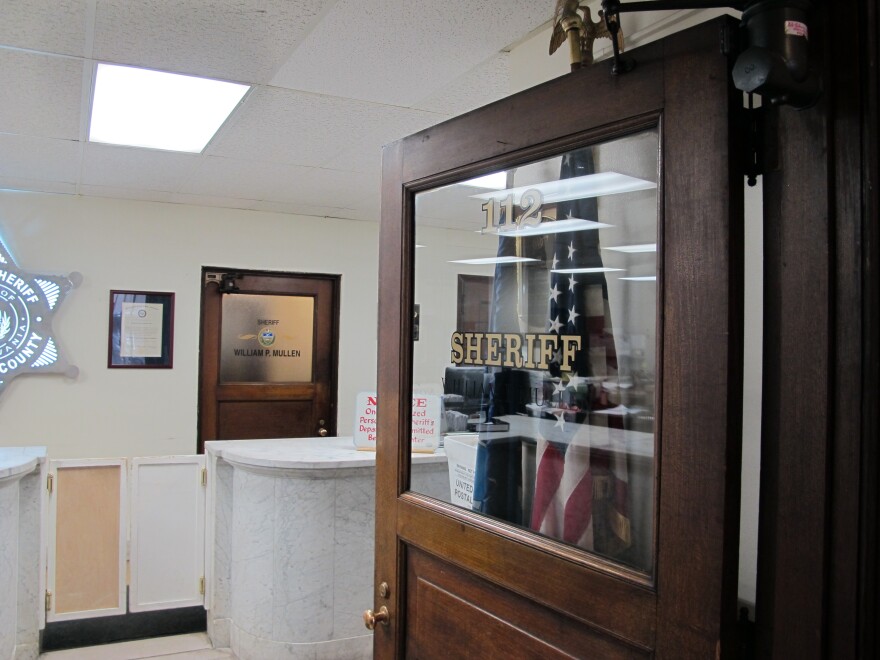There are two county-wide uniformed public safety forces in Allegheny County, the county police department and county sheriff’s deputies.
While most of their efforts are separate, there are a few spots of overlap.
“So that raises the question, does Allegheny County need two police departments?” said Allegheny County Government Reform Commission member Jim Nowalk,
A report by the commission, released Tuesday, includes a call for the formation of a taskforce to review the possibility of a merger.
“A lot of the municipalities use the county police for investigative assistance, especially the homicides and the sex assaults and … for collecting forensic evidence,” said former Allegheny County Chiefs of Police Association President Robert McNeilly, who also served as Pittsburgh’s chief of police and then later in Elizabeth Township.
In Pennsylvania, a sheriff’s department is an arm of the Court of Common Pleas and traditionally deals with warrants and court security. But in Allegheny County, the deputies do much more, according to Sheriff Bill Mullen.
“In Pennsylvania, of the 67 sheriffs there is only one sheriff’s office that has municipality police powers and that is our office,” Mullen said. “So we are duly trained from Act 2 sheriff training and through 120 MPOETC(Municipal Police Officers' Education and Training Commission) training.”
Mullen said that additional training allows his deputies to offer support in every part of the county.

“We served 34,000 writs last year, so we have a presence throughout Allegheny County,” Mullen said. “We have trained them to respond to 911 calls, to back up the smaller departments that may be getting into situations because of their manpower situations.”
Allegheny County Executive Rich Fitzgerald has not taken a stance on a merger, other than to say that he wants to do whatever is best for the safety of the citizens of Allegheny County. Sheriff Mullen said he could support a merger as long as the focus is on saving money.
“We make less money than county police. It costs the taxpayers less in legacy costs, because we don’t get paid medical benefits once we retire from here,” Mullen said. A sheriff’s deputy must also be at least 55 years old before they can retire, as opposed to a county police office who must only be 50 years old. “So if it’s not a political decision, it would be much cheaper for the tax payers of Allegheny County to merge under the sheriff’s office.”
But that’s county government and the discussion does involve a row office and the powers of the county executive, so some political choices will be made.
Nowalk said, should a decision be made to combine the two, the next question would be, “Should the head of that organization be appointed or should that head be elected?”
Nowalk said that at nearly every other level of law enforcement, including the FBI, state police and in every municipality, the head of the operation is appointed. But Mullen sees it differently.
“This country was founded on a system of checks and balances,” Mullen said. “Plus, the big factor is that we serve papers for the judges. There is going to be a decision to be made if the chief executive disagrees with a court order handed down by one of the judges. So what are we going to do about that? We are an arm of the court, who are we going to answer to?”
Mullen contends the county executive and county manager already have enough control over his department, because they control his budget.
The recommendation from the review commission does not include a timeline for the task force to be formed, nor does it stipulate how long the work should take. In fact, none of the recommendations of the review commission are binding.
However, that is at least partially addressed in one of the commission’s other recommendations that a formal and public review of any progress made on the commission’s recommendations be offered to the voters one year and five years after the report is published.




